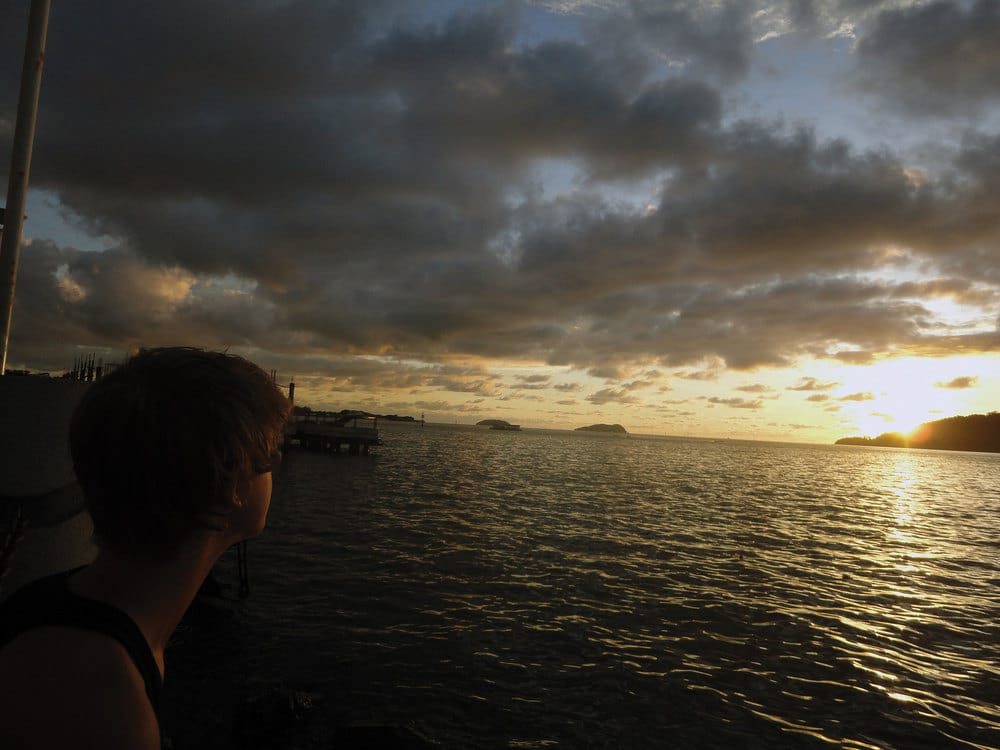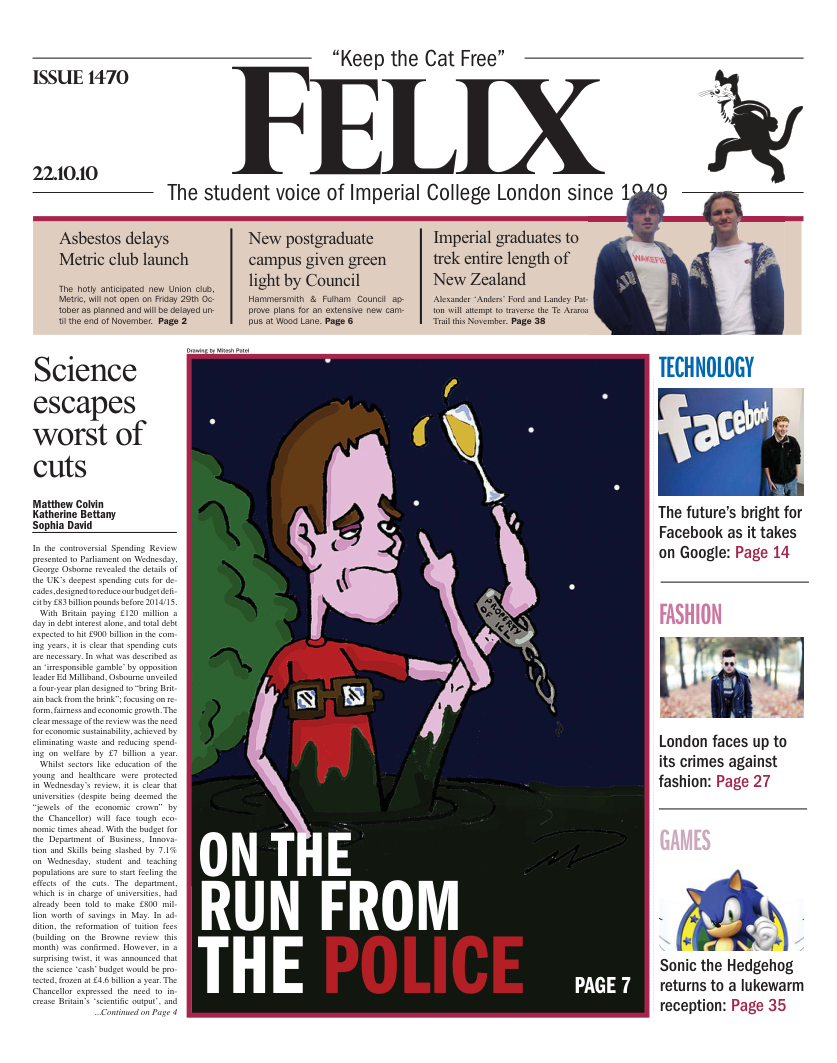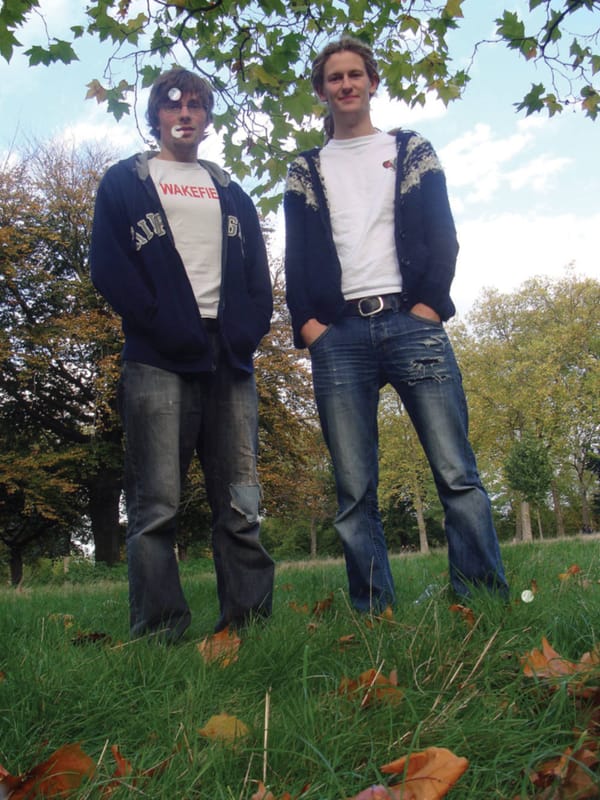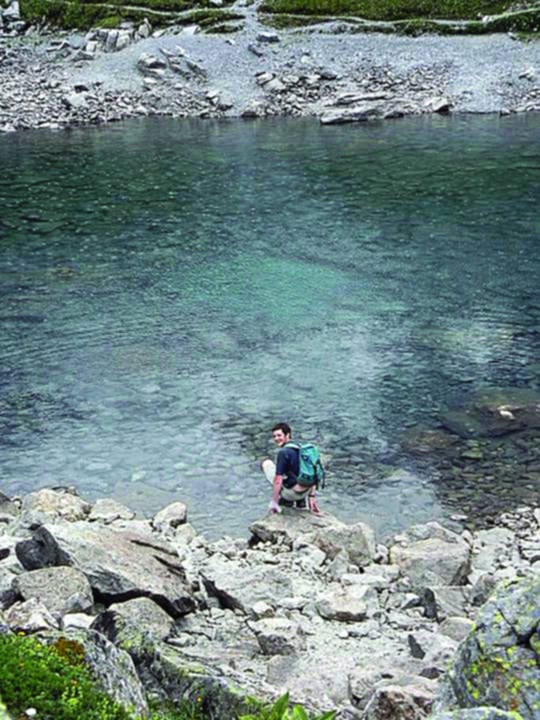My Northern Borneo Jamboree
Wonderful wildlife, treacherous trekking and a monstrous mountain

I am a huge fan of mainland Malaysia, what with its plethora of creole cuisines and party people, but its true face lies on Sabah in Malaysian Borneo. As soon as I landed in Kota Kinabalu (KK) and hit the streets, I realised I was onto something grand: the sun was smouldering, the prices cheap, and all of the locals greeted me with a friendly smile.
KK is the perfect central hub for any explorer of Borneo. I spent a few days spotting some of the awesome underwater colours on offer at the world class dive spots located in the national park just off the shores of the city, largely to get over the pains of the Thailand binges that left my skin and liver in tatters. The city itself is pretty hip, with one of the highlights being the night markets selling the usual arty crafts and mad variations of various Asian cuisines. If you have yet to be acquainted with the delight that is cendol, I’d highly recommend it: a bizarre icy mix of coconut milk, food-coloured jelly, beans, rice and creamed corn that somehow seems to get your taste buds dancing.
As with any city, you have the option of superior hotels, but I opted for the grungy backpackers’ hostel so that I could be kept in the company of fellow travellers, in the hope that I’d persuade at least one to venture up Mount Kinabalu (Southeast Asia’s highest) with me. A few beers and a curry later and it was happening, and at seven o’clock the following morning myself and my newly-found Dutch partner in crime were on our way to the said mountain. Needless to say I think we underestimated it: I spent the better part of £10 on my ‘equipment’ which consisted of a second-hand pair of women’s trainers, a pair of women’s leggings (see a pattern here?), and a weather-beaten poncho. Armed to the teeth with a bottle of water and boiled egg in hand, we began the climb. I make it sound like ‘mission impossible’, but really, if you’re capable of making it to the silent study section on the 5th floor of the library without using the lift, you can probably handle it.
If you’re capable of making it to the silent study section on the 5th floor of the library without using the lift, you can probably handle it
It’s embarrassing enough that within the first kilometre I was sweating like Lee Evans on a bad day, but the real cherry on the cake was being out-paced by several women in their 70’s, sporting bags bigger than their bodies filled with the various things that climbers demand for din-dins. I couldn’t help but think they should have been snuggled up under a blanket with a hot beverage by the telly, but hey, they seemed to love the work! After a dreadful first day up to the 3.5km mark we retired to our cold shack and attempted to get some shut-eye, which failed thanks to the high altitude. By day two I’d lost the sole from one of my cheap shoes but we ventured up to the 4.2km high summit in time for sunrise, and thanks to a seemingly-empty promise to a young lady back home I ended up in a pair of girl’s underwear, while well wrapped-up climbers around me looked on in mild amusement. At least a few of them took photos – here’s hoping I’m on a cereal box somewhere.
The logic behind doing the mountain first was to get the hard part out of the way, which in retrospect was a terrible decision. Instead I spent the subsequent four days with knobbly knees and achy joints that made the abundance of rainforest trekking a bit of a nightmare. We did a brief stopover to the hot springs at the base of the mountain, famous for its sulphuric minerals that allegedly cure aching muscles – all utter bollocks and an obvious ploy to coax climbers into spending more money post-climb. There was the token trip to the Sepilok Orang-utan Rehabilitation Centre as an insurance policy to catch a glimpse of this beautiful animal that regrettably might not be with us for much longer. Of course it’s easy to criticise the deforestation through bigoted Western eyes, but you have to wonder why this kind of thing goes on – palm oil plantations could be the region’s best hope for a spot in global trade as well as a method of ensuring wealth for future generations.
The late Uncle Tan was once the region’s leading explorer and thankfully his relatives are continuing his brilliant work by offering jungle treks as well as cruises along the ecologically diverse Kinabatangan River. Had I departed with a checklist of things to see I’d have filled in the lot: countless species of monkeys, vivid kingfishers, wild cats, giant bats, and the Holy Grail – a wild female orang-utan clutching her newborn child. It’s just incredible when the odds are on your side and you get to witness such awesomeness; while others scrambled for their cameras (which failed, by the way), I just watched in amazement for those brief few seconds before the mother fled and bounded into the distance. Not everything should be caught on camera, anyway. Those special moments should really be kept as mental images; the pixels on the camera and my lousy words on this page really do the sight no justice whatsoever.
And sadly that’s where that little chapter had to draw to a close as Hong Kong beckoned; I’ll definitely be delving even further into Borneo next time to check out the Indonesian areas which supposedly offer some great caving. All in all, a fantastic leg of my 2010 ‘Asian Invasion’. Sabah is definitely a place that should be on more people’s hit lists – with such amazing scenery and a whole heap of activities at affordable prices, what’s not to love? Hop out of the Benidorm and into the Borneo; go and soak up the rainforest and its wonderful biodiversity while you’ve still got the chance.







